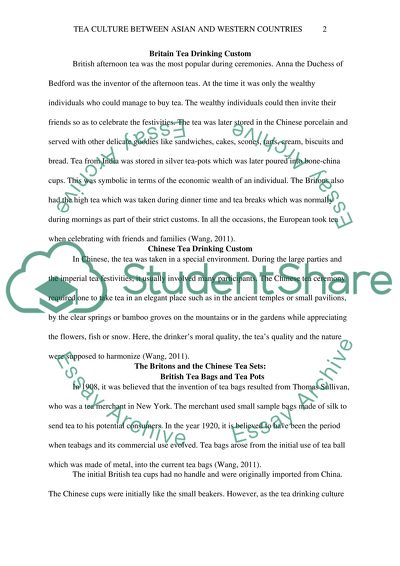Cite this document
(“Tea Culture between Asian and Western Countries Essay”, n.d.)
Tea Culture between Asian and Western Countries Essay. Retrieved from https://studentshare.org/culture/1682369-tea-culture-between-asian-and-western-countries
Tea Culture between Asian and Western Countries Essay. Retrieved from https://studentshare.org/culture/1682369-tea-culture-between-asian-and-western-countries
(Tea Culture Between Asian and Western Countries Essay)
Tea Culture Between Asian and Western Countries Essay. https://studentshare.org/culture/1682369-tea-culture-between-asian-and-western-countries.
Tea Culture Between Asian and Western Countries Essay. https://studentshare.org/culture/1682369-tea-culture-between-asian-and-western-countries.
“Tea Culture Between Asian and Western Countries Essay”, n.d. https://studentshare.org/culture/1682369-tea-culture-between-asian-and-western-countries.


